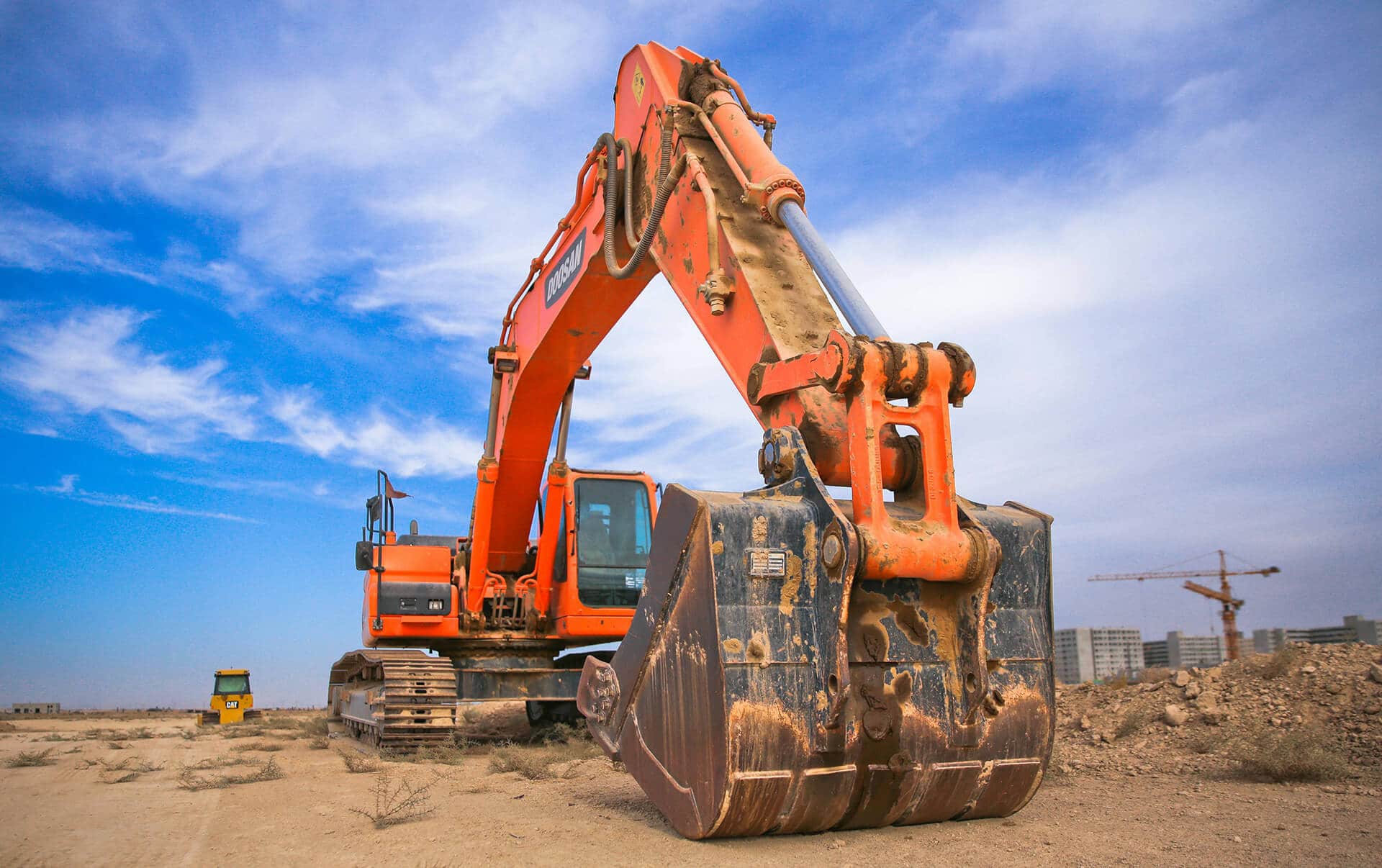Businesses that depend on equipment for their operations often turn to equipment leasing to purchase vital equipment for their success. Equipment leasing is a cost-effective financing option to get newer equipment, stay competitive, and acquire the right equipment with the latest technology at competitive interest rates and flexible terms.
Why Leasing Equipment is the Solution
With equipment lease financing, you get the equipment without hampering the cash flow for other requirements. There are many more strong reasons to prefer an equipment lease:

1. More Purchasing Power-Frees up Cash Flow
With leasing, you get more freedom on the type of items that you can afford. As the cost of leasing them per month is far lower than buying them outright, you have more options to choose from. With better quality equipment at your disposal, it improves productivity as well.
If you are starting a new business, you may not have ample funds to foot the cost of the expensive equipment. You may be unwilling to add costs unless you can generate profitable revenue. But to make a start, you should consider a lease.
2. Freedom from Replacement Cost
You should understand that a few types of equipment may go obsolete after a few years, especially if your business relies on expensive computers, hardware, and operating systems that depreciate with usage.
You might need the latest equipment to ensure that the business operates efficiently. Though, if you try to buy them new, it can drain your finances. Instead, you can try equipment lease financing as an option to upgrade to the latest equipment at minimal costs.
3. Lower Taxes
When you go with equipment leasing, you can get tax deductions on the payments you make. According to the internal revenue code, business owners can make expense deductions for the purchase of depreciable business equipment. You can use the tax savings for other business pursuits.
4. No Maintenance Costs
Lease costs often include maintenance of the items in case of a breakdown. When you go for equipment leasing, it is crucial. In case of a breakdown, the warrantor will come and replace or fix the equipment. It means you need not worry about spending on maintenance time and again. It also helps in reducing downtime..
There are some who argue that if you lease equipment for an extended period, you may end up paying more money, and you don’t own anything at the end of the lease term. But is there any harm in leasing equipment when you have nothing to dispose of at the end of the lease? Many consider this a wise financial decision.
5. You Get the Needed Equipment Quickly
When you lease an equipment, you can get it in no time. If the equipment which you are planning to lease is mission-critical to productivity, then with the leasing option, you don’t have to wait. The same might not be the case when you buy a piece of new equipment, as it may have to undergo many fittings before it can be used in the office or factory.
Types of equipment leases
The following are the 3 most common types of Equipment Leases
1. Operating Lease:
- A lease that covers the equipment's useful life.
- Offers monthly payments in exchange for the use of the equipment.
- At the end of the lease, the lessee can renew the lease, option purchase the equipment outright or return the equipment.
2. Finance Lease:
- A longer-term lease is where the lessee has the capability to assume ownership of the equipment.
- Monthly payments covering the equipment's full cost, including fees.
- The lessee may have the option to purchase the equipment at the end of the lease term.
3. Sale and Leaseback:
- A business sells owned equipment and then leases it back from the buyer.
- Ability to cash out on equipment currently owned.
- Payments are made to the buyer per a lease to use the equipment.
Benefits of Equipment Leasing
There are a variety of benefits to business equipment leasing;
- Leasing conserves capital of the business that would normally have to absorb cost out of the business cash reserves and negatively impact cash flow.
- Provides a financial vehicle to purchase necessary equipment with affordable payments that, without the capital, would not be possible.
- Tax advantages
- Leasing transfers the risk of equipment obsolescence or depreciation to the leasing company, minimizing the financial risks associated with equipment ownership.
- The leasing company is often responsible for maintenance and upkeep.
- The leasing company is responsible for the disposition of equipment at the end of the lease if the lessee chooses not to purchase at the end of the lease.
- Equipment leases free up capital and use from other business credit facilities the business may have, such as a business line of credit
How Equipment Lease Financing Works?
Equipment lease financing is a common financing option businesses use to acquire necessary equipment without incurring the full cost upfront. In an equipment lease agreement, the business leases the equipment from a leasing company for a set period, typically 1-5 years, in exchange for regular payments.
The leasing company retains ownership of the equipment, while the business has the right to use it for the duration of the lease. At the end of the lease, the business may have the option to purchase, renew, or return the equipment.
Equipment lease financing offers several advantages, including preserving cash flow and avoiding the risk of obsolescence, as businesses can upgrade equipment at the end of the lease term. However, it's important to carefully consider the terms and costs of an equipment lease agreement to ensure it is a good fit for your business's financial needs.
Equipment Leasing Process
The 10 most common steps in the equipment leasing process
- The first step is to identify the equipment you need to purchase and identify the dealer, retailer or distributor you wish to acquire equipment from.\
- Researching the leasing options available to you based on your qualifications. Not all leasing programs are the same.
- Appling for lease financing requires an application describing both business and personal information of the business owner and submission of business bank statements as well as an invoice with a full description of equipment, including make, model, serial number, and detailed description of the equipment.
- The leasing company will conduct a credit evaluation and consider creditworthiness and financial management to determine eligibility for a lease. Other documentation may be required for approval, depending on underwriting.
- If an offer is made for a lease, request an agreement and carefully read, review, and ask questions in writing for written answers. Look at the factor rate, terms, end-of-lease options, and any conditions such as penalties for early termination and excessive wear and tear fees.
- Signing the Lease Agreement: Before signing the agreement, make sure you understand your responsibilities of the lease, the costs, terms, and conditions. Don’t rush and consider carefully.
- Delivery and Acceptance: Once the agreement is signed, delivery and acceptance are arranged either at the retailer, dealer, or distributor or, depending on the equipment, may be delivered to an agreeable location. Always inspect equipment before taking delivery for its functionality as well as any defects or blemishes.
- Making lease payments-Make sure your lease payments are set up on auto-pay by whichever method both the lessor and you agree to so as not to miss any payments and negatively impact your credit. Always monitor your repayments throughout the lease.
- Make sure you maintain the equipment and have proper insurance as in most leases its your responsibility to maintain equipment in good working order.
- At the end of your lease, you will need to address what options you were given upon termination of the lease and act upon an option. Usually, you are choosing between purchasing the equipment at the predetermined price described in the lease, renewing the lease of the equipment under new terms, or asking for the equipment to be disposed of by the lessor. Do not ignore your responsibilities at the end of the lease, as it may leave you open to liability.
**Steps in this process can vary depending on the lease and its terms and conditions. Always consult advice from a professional before making any decisions to lease equipment.
How to get Equipment Lease from Advancepoint Capital?
Getting a lease from Advancepoint Capital is easy. You need to follow these steps:
- Fill out the pre-approval form
- Provide the relevant documents
We have a high approval rate, and we don’t charge any upfront fee. You can get the approval within 24 hours of the application.
Call for a free Quote: 1-800-381-8920












